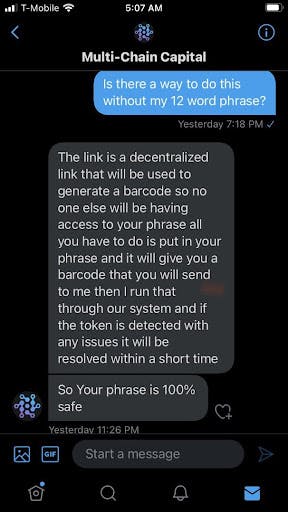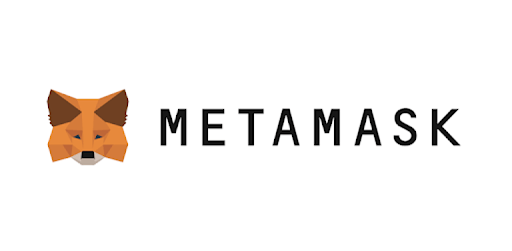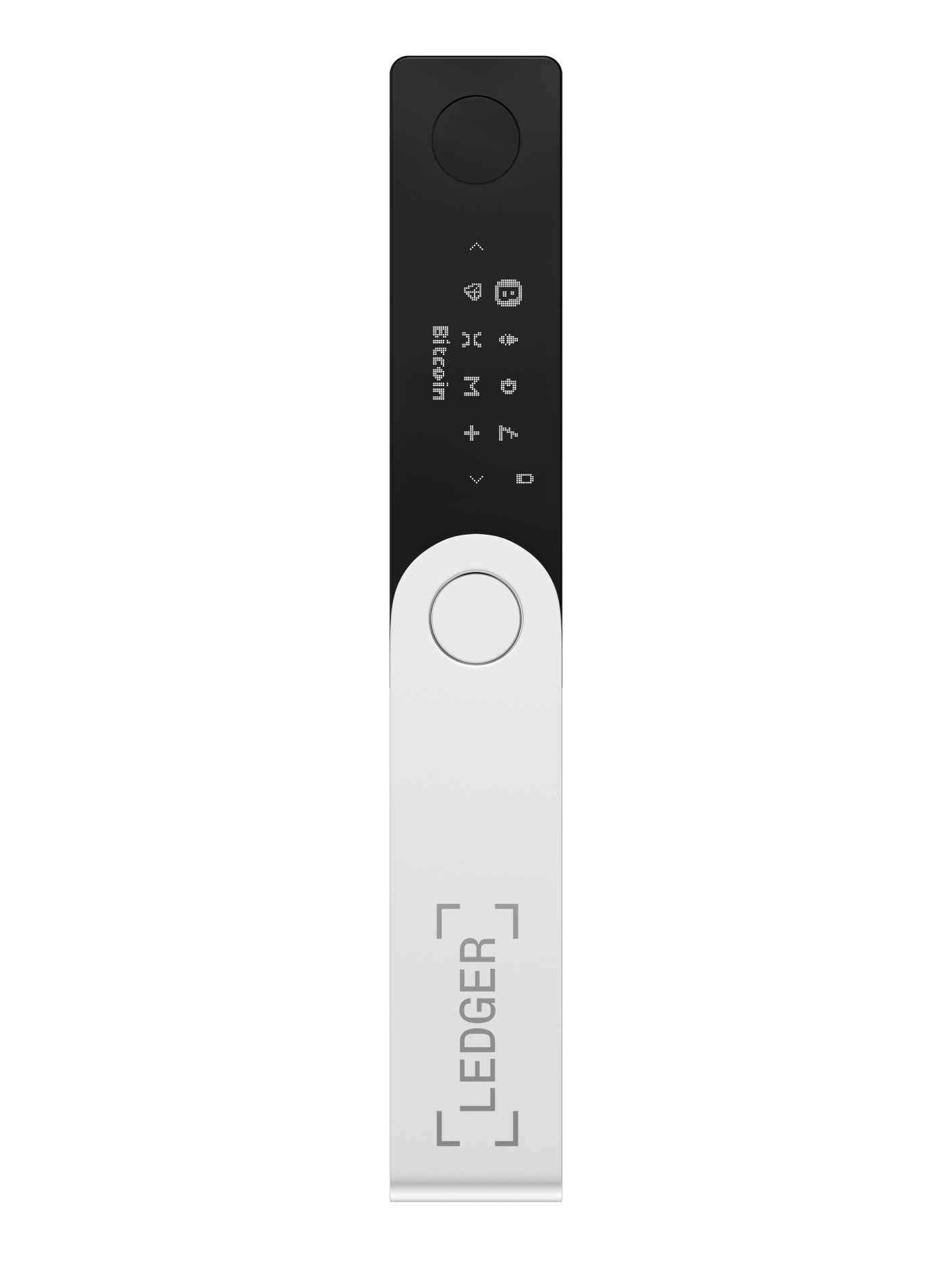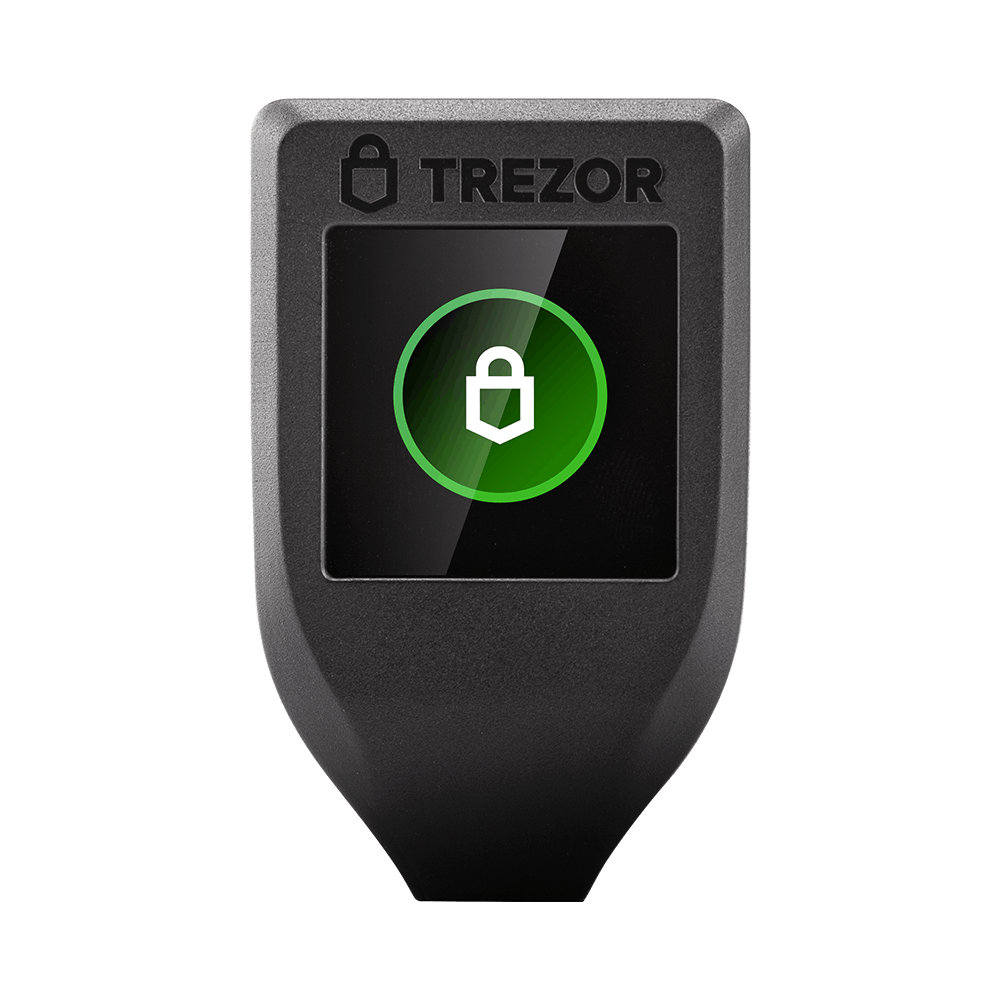In this blog post, we will go through the foundation of web3 wallets and the differences between each web3 wallet so you can determine what wallet you would like to use.
The terms web3 wallet and wallet are interchangeable, but I use the term ‘web3 wallet’ to clarify that this is, in fact, a crypto wallet and not a regular wallet.
Web3 wallets are an essential part of utilizing blockchain technology as web3 wallets will act as the gateway to your Cryptocurrencies, Non-Fungible Tokens (NFTs), Decentralized-Finance (Defi), and other Decentralized applications (Dapps).
Web3 terminology📜
There will be some web3 terminology in this article that you may not have come across before, so I have summarised a few keywords below:
- Web3: A new iteration of the internet based on public blockchains.
Web3 Wallet: Stores public and private keys for blockchain transactions.
Non-custodial wallet: Users own their private keys, so they possess full access to their web3 wallet, I.e., Metamask, Trust wallet.
Custodial wallet: Private keys are possessed by third-party companies, i.e., Binance, Kucoin.
Seed phrase: List of 12-24 randomly generated words to grant access to a web3 wallet.
Public key: Encrypts plain text to convert it into ciphertext.
Public Key: Decrypts ciphertext to convert it into public text.
Public address: 0x12B0aD31f483Cdf4741de8f5679A472E5fe3345G
What is a non-custodial wallet?🔒
A non-custodial wallet means that you will possess the private keys to your web3 wallet, possessing complete control over your assets in the wallet.

A private key is what you need to move your cryptocurrencies out of your web3 wallet.
Anyone can use the public address of a web3 wallet to deposit cryptocurrencies into the web3 wallet, but you will always need the private key to move them out.
If you use a non-custodial wallet, you will be responsible for keeping your private key and password safe for your wallet so no one else can access it.
Fortunately, there is a way to recover your web3 wallet if you forget your password. To retrieve a web3 wallet, you will use your seed phrase, a list of 12-24 random words that you should never share with anyone.
This seed phrase provides access to anyone, and that person will now possess complete control over your funds and can withdraw your cryptocurrencies.
Your seed phrase can be used to restore your original web3 wallets. If your laptop breaks, you will lose access to your web3 wallets, but if you keep your seed phrase safe.
Using a new laptop, you can use your original seed phrase to restore your web3 wallet on your new laptop to retrieve access to your account.
It is essential never to share your seed phrase with anyone else.
Many scammers will message people pretending to be customer support and ask for your seed phrase to identify any ‘issues,’ but this is the quickest way to say goodbye to your funds.
 Here is an example of a scammer trying to get someone's seed phrase. Image courtesy of Twitter user @cryptoskullx
Here is an example of a scammer trying to get someone's seed phrase. Image courtesy of Twitter user @cryptoskullx
There are three types of non-custodial wallets:
Hardware wallets: These are physical devices you will use to access your web3 wallet and are not connected to the internet. I.E. Ledger and Trezor.
Web-based wallets: These web3 wallets act extensions like MetaMask and Trust Wallet.
Mobile-based wallet: These web3 wallets on your phone work the same as web-based wallets, except you often use your password or fingerprint.
These web3 wallets are then broken down into hot and cold wallets, discussed later.
The most popular hardware wallets are Ledger and Trezor, which come at a cost but are an essential part of your crypto journey if you want to keep your account holdings safe.
The danger of custodial wallets☠️
As I mentioned earlier, custodial web3 wallets mean that you do not possess the private key, which is very common when you store your cryptocurrencies on exchanges.
When you buy Bitcoin on Binance or Kucoin, the Bitcoin is still held in their exchange wallets, so you technically do not control the Bitcoin you purchased.
Once you withdraw your Bitcoin to your non-custodial wallets like the ones we mentioned above, then you possess complete control over them.
If you leave your bitcoin on an exchange and the exchange gets hacked, you will lose your bitcoin forever.
This is what happened with the Mt. Gox hack in 2014. Mt. Gox was hacked over time, and around 850,000 Bitcoins ($500 million at the time) were stolen over a few years. Holding coins within a custodial wallet means you are vulnerable to a company’s code, whereas you possess the responsibility in a non-custodial web3 wallet.

Most top exchanges now store their customer funds offline in cold wallets and keep a certain amount in hot wallets for withdrawals. This is to avoid another situation like Mt. Gox.
However, it is still risky to store your cryptocurrencies in someone else’s hands, and this is where the saying ‘ Not your keys, not your funds’ comes from. You must research exchanges for their fund storage and assess their reputation and history with previous issues.
Difference between hot and cold wallets🔥🥶
Cold wallets are not connected to the internet and generally require the possession of the physical device and the password.
Hot wallets stores your public and private keys online, so they are connected to the internet at all times. This makes hot wallets more prone to attacks compared to cold wallets.
An example of a hot wallet is a web-based wallet like MetaMask or Trust Wallet. Your private keys are stored online through MetaMask, and you are vulnerable to attacks since there is one layer of security.

Once you have access to a hot wallet like MetaMask, you are free to perform whatever transactions you wish, which differs from a cold wallet.
A hardware wallet such as a Ledger or Trezor would be an ideal cold wallet as they are not connected to the internet, and you need a physical device to perform any transactions.
Other cold wallets options include; paper wallets and physical bitcoins, but they are not as safe as hardware wallets.
A hardware wallet is designed to be immune to hacking, and even when they are connected to your laptop, the signing of transactions is still performed “in-device.” Therefore it is impossible to hack a hardware wallet even if you share your screen with someone else.
Every transaction you complete will require a signature on the wallet; this external web3 wallet acts as an extra layer of security as it is a physical option.
Hardware wallets generally involve a password and their list of 12-24 randomly generated words for your seed phrase. It’s imperative to keep both your password and seed phrase safe.
As we already covered, your seed phrase provides complete access to your account, which can be good or bad.
If you ever lose your hardware wallet, you can buy another hardware wallet and use your seed phrase from your original hardware wallet to restore your original wallet on your new hardware wallet. This will provide full access to your account and maintain that extra layer of security.
As I previously mentioned, never give your seed phrase to anyone else. They can use your seed phrase to take control of your account.
Best Web3 wallet options 😎
Now that we have a greater understanding of the different web3 wallet options available. Let’s go through the best web3 wallets options and why they are superior.
Hardware Wallets 🧰
These are the best web3 wallets for the foreseeable future. You have an option to choose between Ledger or Trezor. Both can connect through web-based wallets allowing you to connect to Decentralized applications (Dapps).
Ledger and Trezor are both great web3 hardware wallets. The main differing factor is that the Ledger Nano X offers a connection via Bluetooth, whereas normally, you will connect via USB. And the Trezor Model T offers touchscreen navigation, whereas typically, you will utilize buttons on the other models.
Here is a further comparison of both wallets.
Here is my personal preference in the ranking (Starting with the best):
Web-based wallets.💻
MetaMask is the most popular web-based wallet and is generally connected to more Dapps, making it easier to use.
To utilize DeFi and Dapps, your best option is to use MetaMask. It is agnostic to blockchains, which means that you can use MetaMask on Ethereuem, Avalanche, Binance Smart Chain, and Polygon, etc.

Whereas other web-based wallets may only work for a specific chain, i.e., Phantom works only for Solana. Using one wallet for multiple chains will make your life easier in tracking your cryptocurrencies and NFTs etc.
Next, we have Trust Wallet, a very popular competitor to MetaMask and has onboarded many users for their simple user interface. Trust Wallet isn’t used for all Dapps like MetaMask but is close.
After these two wallets, you have a variety of other wallets such as Coinbase wallet, Atomic wallet, etc.
I’d recommend starting with either MetaMask or Trust Wallet and seeing which one you prefer.
Mobile-based wallets📱
It is essential to recognize that a phone is far cheaper than a laptop, so some people may only start their crypto journey on their phones. A mobile phone isn’t as physically secure as a laptop, as it is much easier to lose your phone than a laptop.

Fortunately along as you keep your seed phrase safe at all times and stored offline, then if you ever lost your phone, you could always regain access with the seed phrase.
Metamask and Trust wallet both have mobile-based apps, so I recommend them for your phone if you use a wallet. But after those two, you have various options that you find across the internet.
Once again, it is up to personal preference and finding one that can be used on enough Dapps, so you don’t miss out or have to transfer cryptocurrencies around later.
To summarise, if you have a hefty percentage of your portfolio in crypto, then you should invest in a hardware wallet for the sake of security. If you enter crypto without a hardware wallet, you will be fine, but you are prone to an increased security risk.
If you make a good amount of money while in crypto without a hardware wallet, you should take some profits to get a hardware wallet because once you reach life-changing money, you should be not taking risks like that, especially when a hardware wallet is around $60.
Why use a wallet❓
Wallets, as I mentioned, act as a gateway to DeFi, Dapps, and other applications on blockchain technology. Without a non-custodial wallet, your cryptocurrencies will live in the exchange wallet.
You lack control and lose exposure to many opportunities within the blockchain space, such as DeFi or minting NFTs, etc. Without a web3 wallet, you will not utilize blockchain technology to its fullest. An essential aspect of web3 is using web3.

There are many examples of when utilizing web3 has paid out in knowledge and financially. ENS domains recently had an airdrop where some users got around $4,000+ of free money or Uniswap’s airdrop, approximately $5,000. Both required the use of a non-custodial web3 wallet.
Conclusion
Hopefully, now with this article, you understand the importance of wallet safety and how to increase your security.
Web3 wallets are continuously being developed and improved, but the core idea of having a cold wallet remains ideal. As the cold wallet is offline, it is immune to hacks.
How you store your seed phrase is very important too. Store it in a safe, a USB with a pin, or even a laptop not connected to the internet. There are different ways to store your seed phrase, but the main idea is to keep it offline, not to be hacked.
And one more time…. Never give out your seed phrase!




